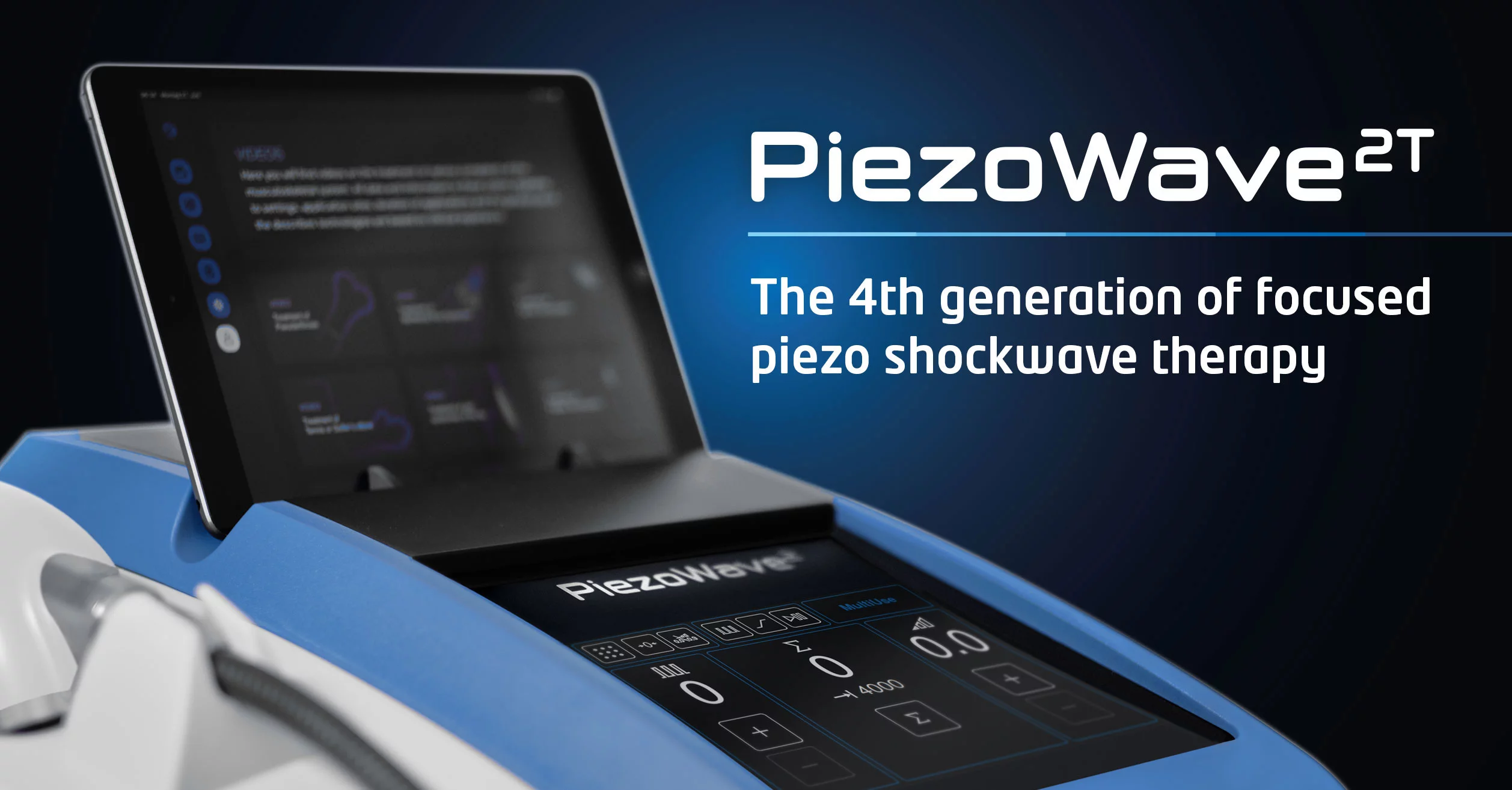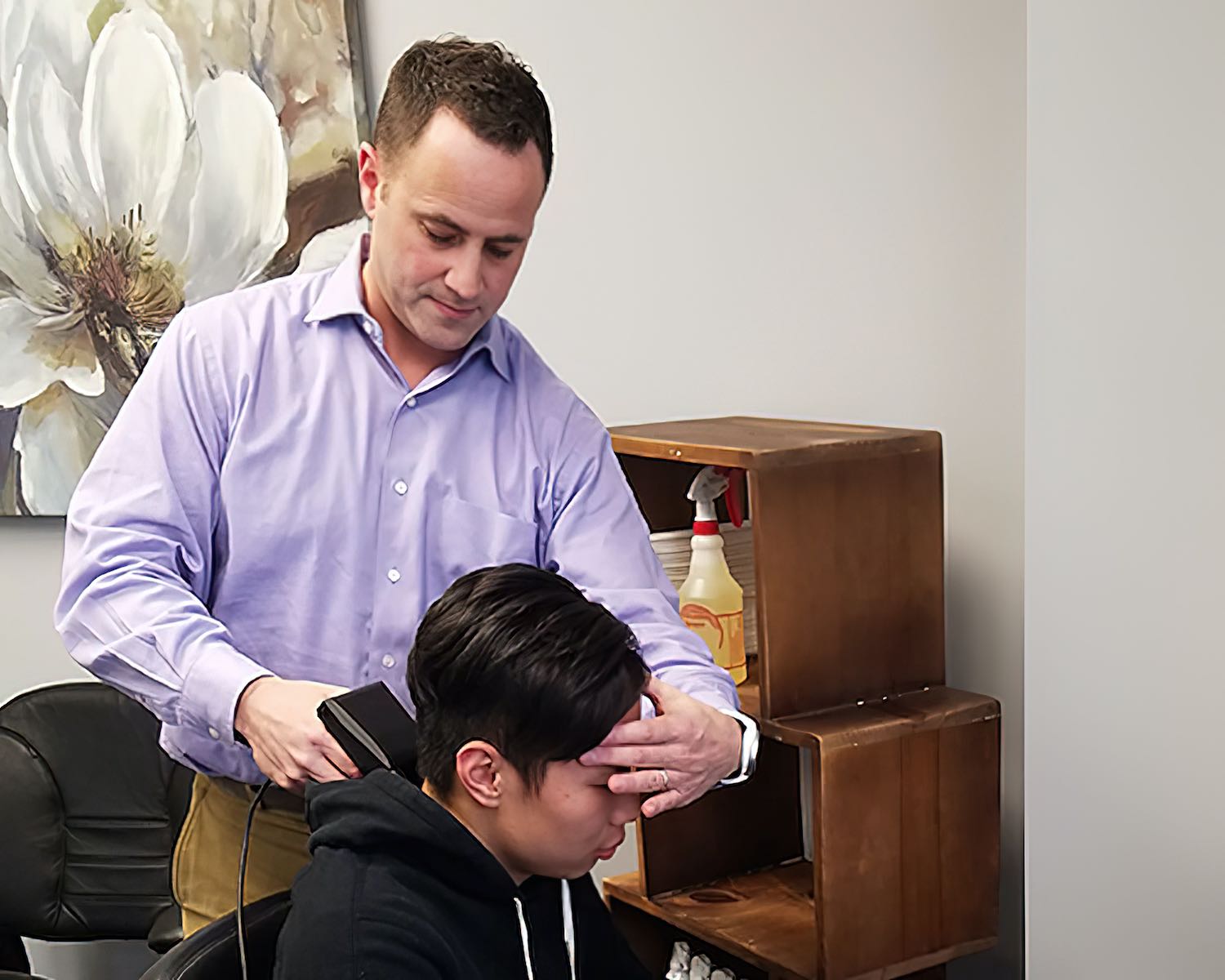

Piezowave technology accelerates recovery from injuries and surgeries. In addition to triggering biological responses, it also enhances the healing process. This therapy boosts blood circulation to injured areas, ensuring nutrients and oxygen reach tissues for repair. Additionally, it reduces inflammation, expediting healing. Moreover, Piezowave therapy encourages healthy tissue growth, restoring strength and functionality. Overall, it offers a comprehensive approach, facilitating swift healing and better outcomes.
Piezowave therapy boosts mobility, especially beneficial for athletes. This treatment uses high-energy sound waves to target areas, promoting tissue repair and regeneration. In addition to improving blood circulation and reducing inflammation, it also relieves pain and stiffness, allowing better movement. Additionally, it fosters healthy tissue growth, gradually enhancing flexibility. As a holistic approach, Piezowave therapy provides athletes and individuals a path to improved mobility and well-being, supporting peak performance.
Piezowave therapy provides a compelling alternative to traditional pain management and surgery. In addition to using high-energy sound waves, it also triggers the body's natural healing abilities, tackling chronic pain directly. This approach reduces inflammation and relieves pain without surgery. Additionally, it encourages cellular growth and tissue regeneration, ensuring lasting relief and restored functionality. This holistic method marks a significant change in pain management, offering a non-invasive solution to chronic pain while promoting long-term healing and well-being.
The Piezowave MyuACT2 system targets musculoskeletal injuries using focused acoustic wave technology. Also, the device delivers precise pulses to muscles, tendons, and ligaments to apply therapeutic pressure. This stimulation helps cellular repair, boosts blood flow, and decreases inflammation. Over time, the waves encourage tissue regeneration, aiding healing. Additionally, with regular sessions recommended by your healthcare provider, patients often enjoy improved mobility, less pain, and a better quality of life.
Piezowave therapy is generally well-tolerated and usually doesn't cause significant pain or discomfort. While some clients may feel mild discomfort or soreness during and after treatment, it typically fades within a few hours. Additionally, Piezowave entails minimal risks, with serious side effects being rare.
The number of Piezowave sessions needed varies based on the patient's condition and specific requirements. Generally, a treatment plan comprises 3-6 sessions, with intervals of one week between each session. Additionally, a session typically ranges from 15 to 20 minutes.
Piezowave can be used as a stand-alone treatment or in combination with other therapies such as physical therapy, chiropractic care, or massage therapy. In some cases, combining Piezowave with other therapies may enhance its effectiveness.
Piezowave can be used to treat a variety of sports injuries, including tendonitis, muscle strains, and ligament sprains. Additionally, it may be used to enhance athletic performance by promoting tissue healing and reducing inflammation. Some athletes use Piezowave as part of their recovery regimen to help prevent injuries and improve overall performance.
While generally safe, Piezowave isn't suitable for everyone. Exclusions apply to pregnant women, individuals with pacemakers or electronic implants, and those with specific medical conditions like cancer or blood clotting disorders. Consultation with a qualified healthcare provider before undergoing Piezowave treatment is crucial.
Scientific evidence increasingly backs Piezowave for pain relief and healing. Studies demonstrate its efficacy in enhancing pain, function, and quality of life for those with musculoskeletal issues. Additionally, it promotes tissue healing, reduces inflammation, and boosts the immune system. A meta-analysis of randomized controlled trials confirms its effectiveness in alleviating pain and enhancing function in chronic plantar fasciitis patients.